There’s something undeniably captivating about the allure of a well-dressed villain. From flowing capes to sharply tailored suits, dressing like a fictional antagonist isn’t about evil—it’s about confidence, aesthetic intention, and commanding presence. In an age where self-expression is celebrated, villains have become unexpected style icons for those who want to challenge norms and craft bold, unforgettable fashion statements.
This style philosophy guide will walk you through the defining elements of villain aesthetics, how to incorporate them into everyday wear, and why embracing your inner anti-hero might just be the fashion liberation you didn’t know you needed.
The Psychology of Dressing Like a Villain
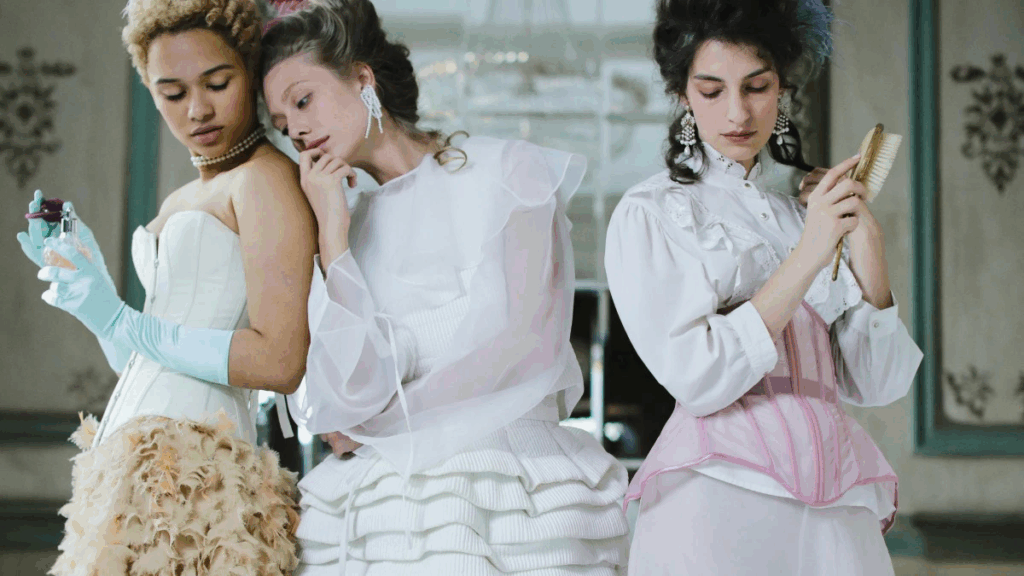
Why are fictional villains so often the best-dressed characters? The answer lies in psychology. Villains are typically self-assured, deliberate, and fearless—traits often reflected in their clothing. Sharp silhouettes, rich textures, and dark color palettes become visual metaphors for power and control. When you adopt this mindset, dressing becomes an act of self-determination rather than conformity.
Incorporating elements of villain fashion can improve posture, boost confidence, and shift how others perceive you. The boldness in dressing like a fictional antagonist sends a signal: you’re not here to blend in—you’re here to be remembered.
Signature Silhouettes: Capes, Coats, and Sharp Angles
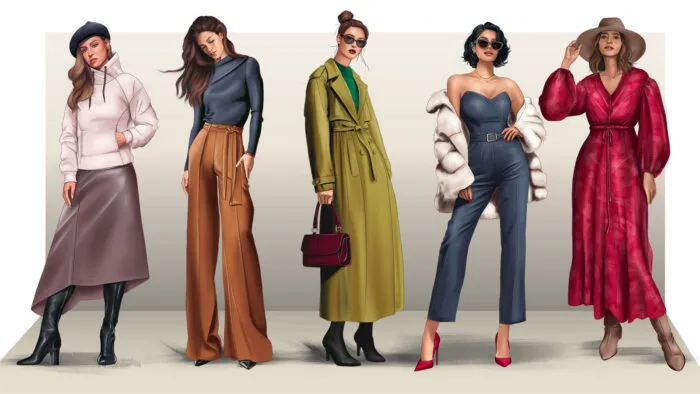
Fictional villains often use fashion as armor. Dramatic coats, flowing capes, and exaggerated collars are staples in their wardrobes. These elements add movement, mystery, and presence. Think Maleficent’s sweeping robes or Loki’s layered leather look—both effortlessly combine form with function.
For real-world application, consider investing in structured outerwear or asymmetrical cuts that exaggerate shape. Statement coats, padded shoulders, and bold lapels can instantly elevate your outfit and add theatrical flair without sacrificing wearability.
Color Theory in Villain Aesthetic
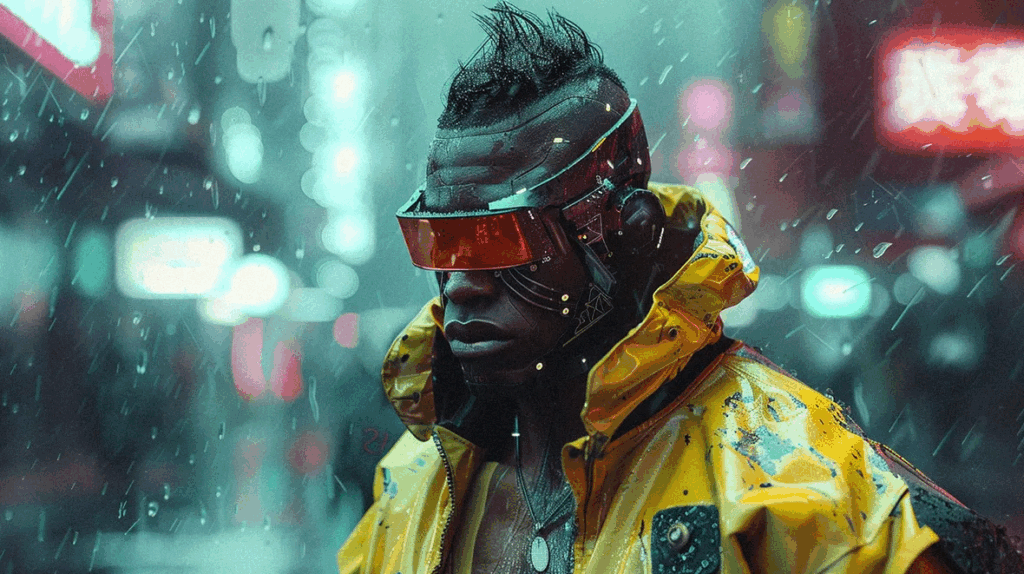
Color plays a huge role in the psychology of dressing like a villain. Black is the obvious go-to for mystery and dominance, but don’t overlook jewel tones like emerald, ruby, and deep navy—colors that evoke wealth, danger, and confidence. Purples, often associated with royalty and arrogance, are a villain favorite for good reason.
Try pairing dark neutrals with a bold pop of color in your accessories or inner layers. A crimson scarf, emerald earrings, or deep blue boots can make a subtle but striking impact, echoing the vibrancy of your favorite fictional anti-heroes.
Fabrics and Textures: The Power of Material

The texture of clothing is one of the most tactile ways to express personality. Villains typically favor rich, structured materials—leather, velvet, brocade, silk—each chosen to project power and seduction. These luxurious textiles tell a story of wealth, control, and danger.
Even if your wardrobe doesn’t include full velvet suits or leather trench coats, you can still incorporate these materials in smaller, everyday ways. A leather belt, silk blouse, or velvet blazer communicates complexity and refinement—hallmarks of any fictional villain worth their salt.
Accessories: The Final Touch of Villainy
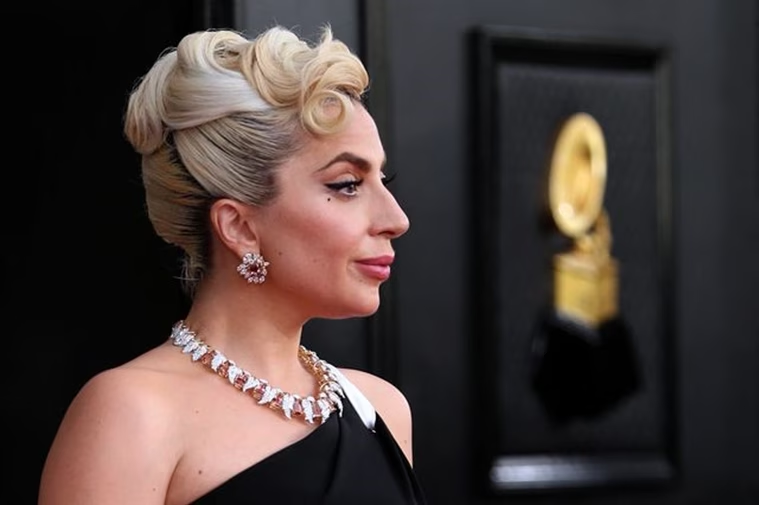
Accessories can make or break a villain’s outfit. From sharp rings and chokers to sunglasses and gloves, the devil is truly in the details. Accessories are where personality shines, often signaling the villain’s traits—cold precision, dangerous charm, or poetic madness.
Look for pieces that are bold yet refined. A large statement ring, sleek leather gloves, or gold accents can infuse your outfit with that same edge. Dressing this way adds intentionality, signaling you’re in control of every inch of your aesthetic.
Dressing for the Role: Everyday Villain-Inspired Looks
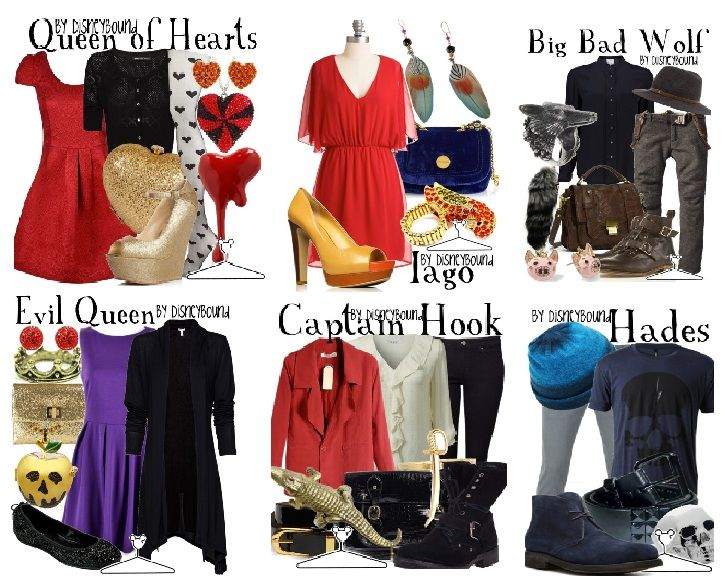
You don’t have to wear a floor-length cloak to embody villain energy in your daily life. Tailored pants, structured blazers, high boots, and monochrome looks all channel the same confidence. The key is balance: mix theatrical items with neutral bases to keep your outfit wearable and chic.
Even in minimalism, there’s room for villain flair. A crisp white shirt under a dark, fitted blazer can evoke both elegance and intimidation. Add a red lip, and suddenly you’re the boss—not the background character. Dressing with intention is what separates everyday wear from fictional iconography.
Style Icons: Villains Who Defined Fashion
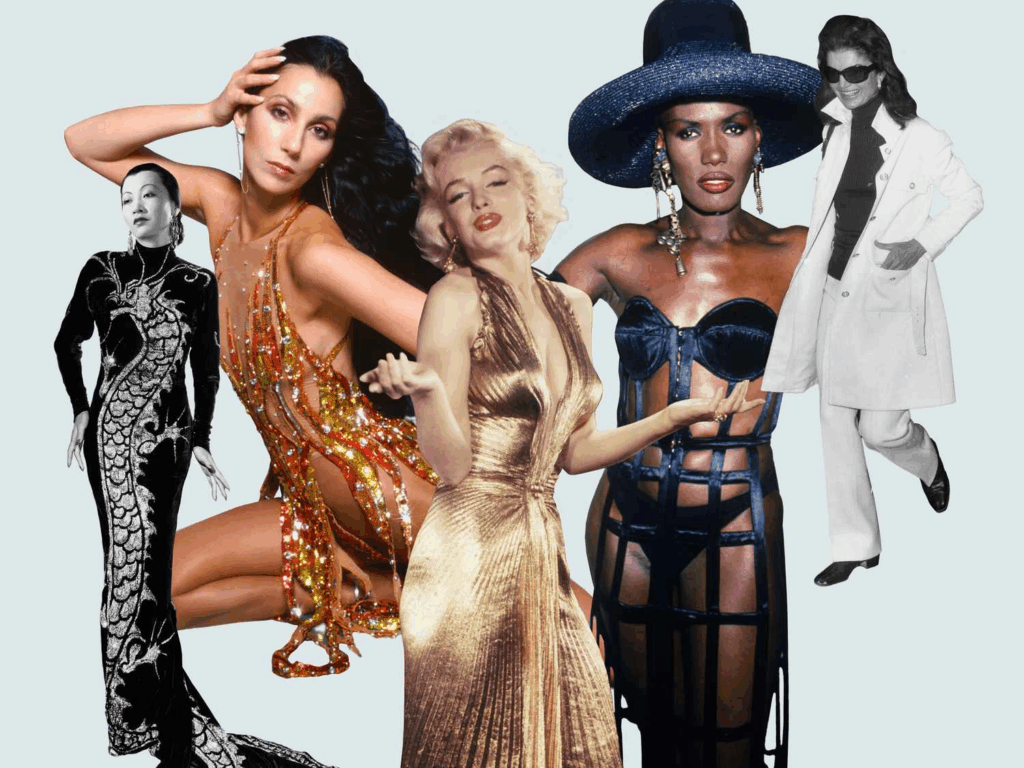
Some fictional villains have become fashion icons in their own right. Cruella de Vil with her bold monochrome looks, the Joker with chaotic color pairings, and Cersei Lannister with regal armor-like gowns—all prove that power dressing isn’t just for the heroes.
These characters demonstrate how fashion can be weaponized, romanticized, and redefined. Their styles endure because they tell compelling stories, just as your outfit can narrate your own. Dressing like a villain isn’t about moral alignment—it’s about embracing a confident, unapologetic sense of self.
Conclusion: Own the Narrative with Villain Style
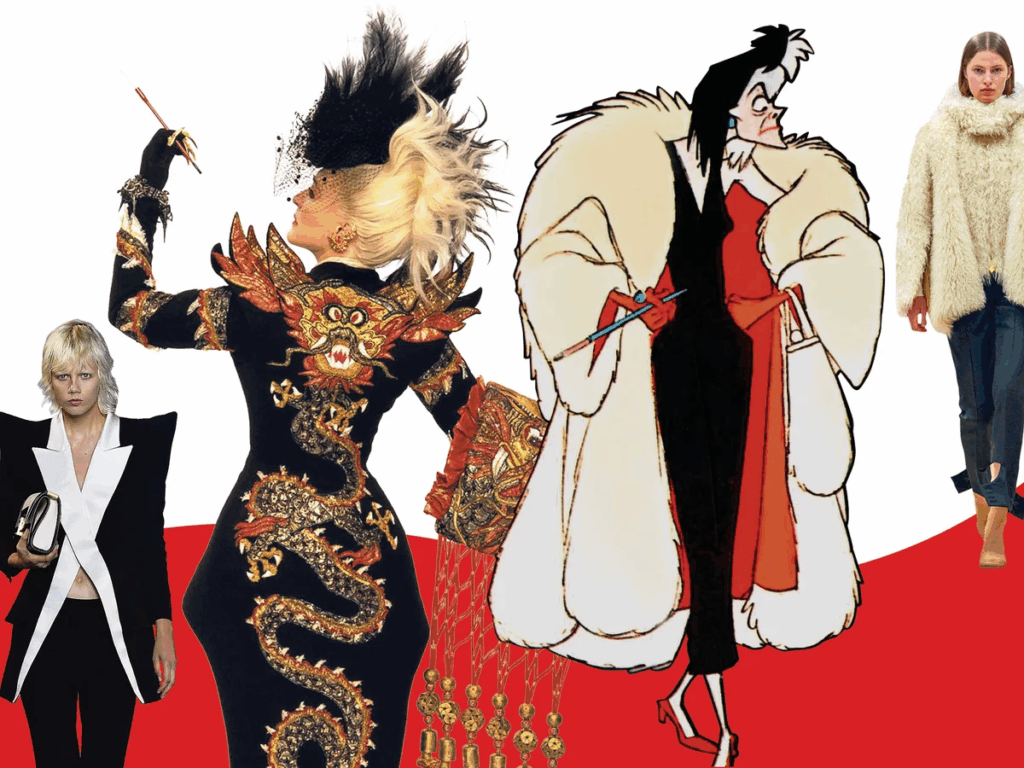
To dress like a fictional villain is to embrace fearlessness, authenticity, and aesthetic power. From high drama coats to intricate accessories, every element contributes to a story—your story. In a world that often praises conformity, stepping into a villain-inspired wardrobe is an act of defiance and self-expression.
Next time you’re selecting an outfit, ask yourself: what would your favorite villain wear? Then wear it—not for them, but for you. Because true style isn’t about trends. It’s about power. And no one wears power quite like a fictional villain.
